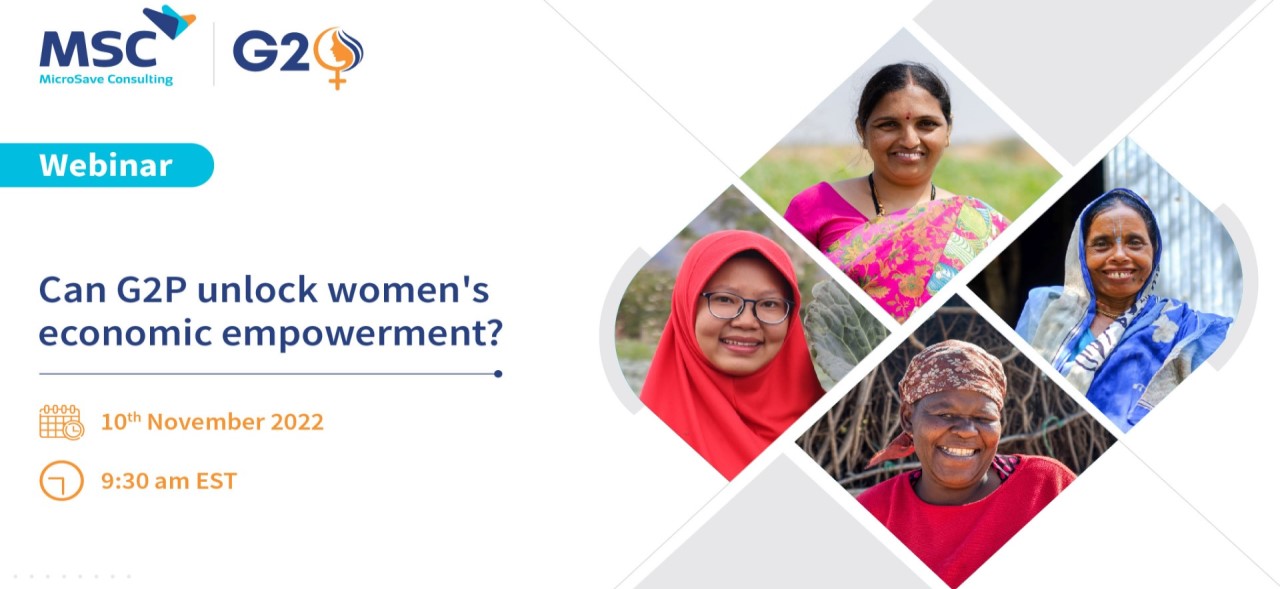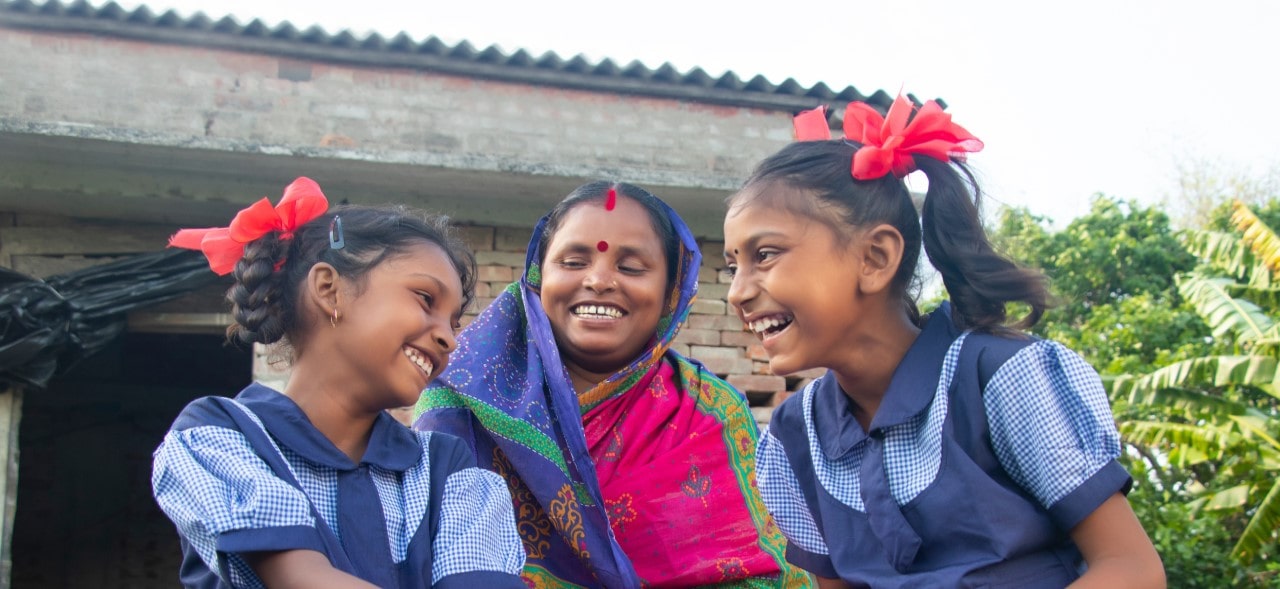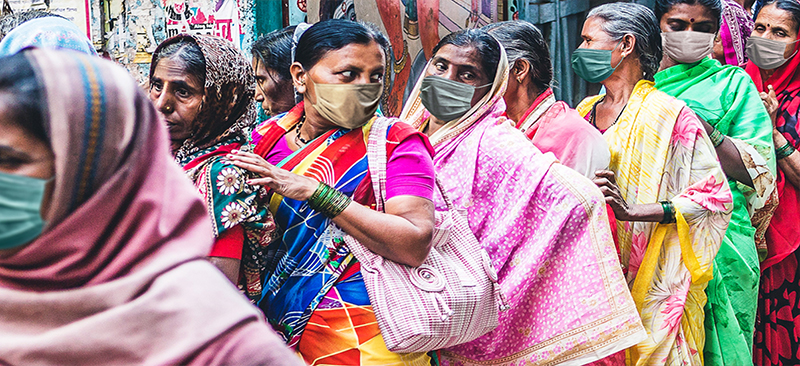Tag: G2P programs
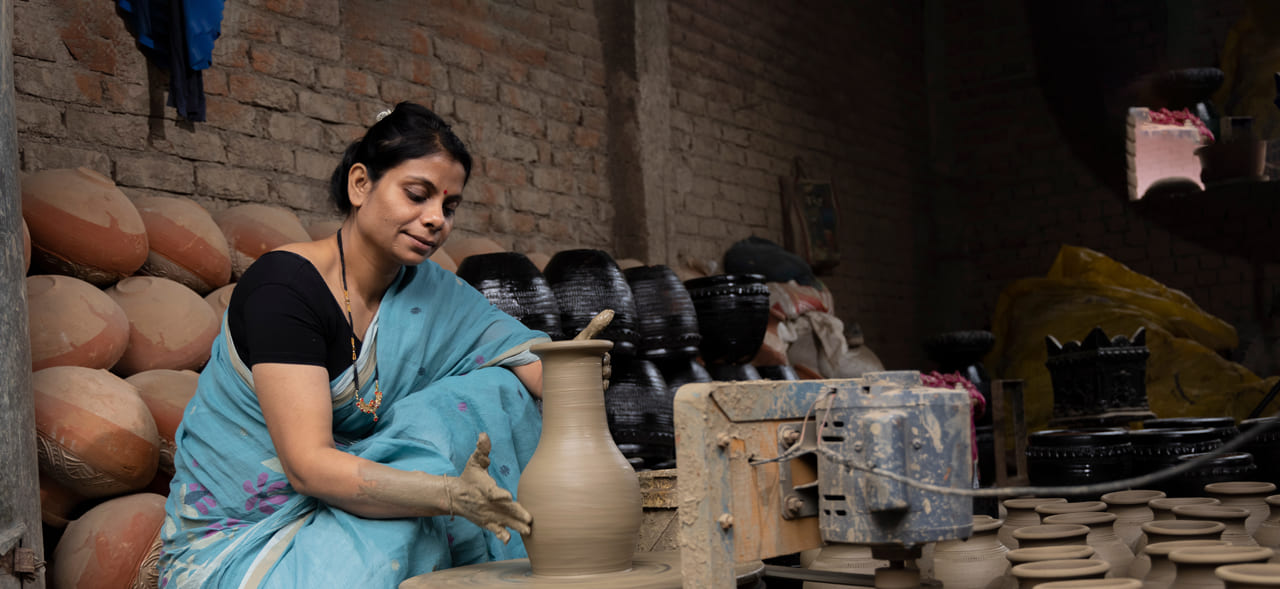
G2P Next in India: Choice, resilience and inclusivity
Our policy brief draws on global trends to understand how G2P programs can evolve to...
May 23, 2023
Highlights of the webinar on “Can G2P unlock women’s economic...
Timestamps of the webinar conducted on 10th November, 2022, on the topic "Can G2P unlock...
Nov 14, 2022
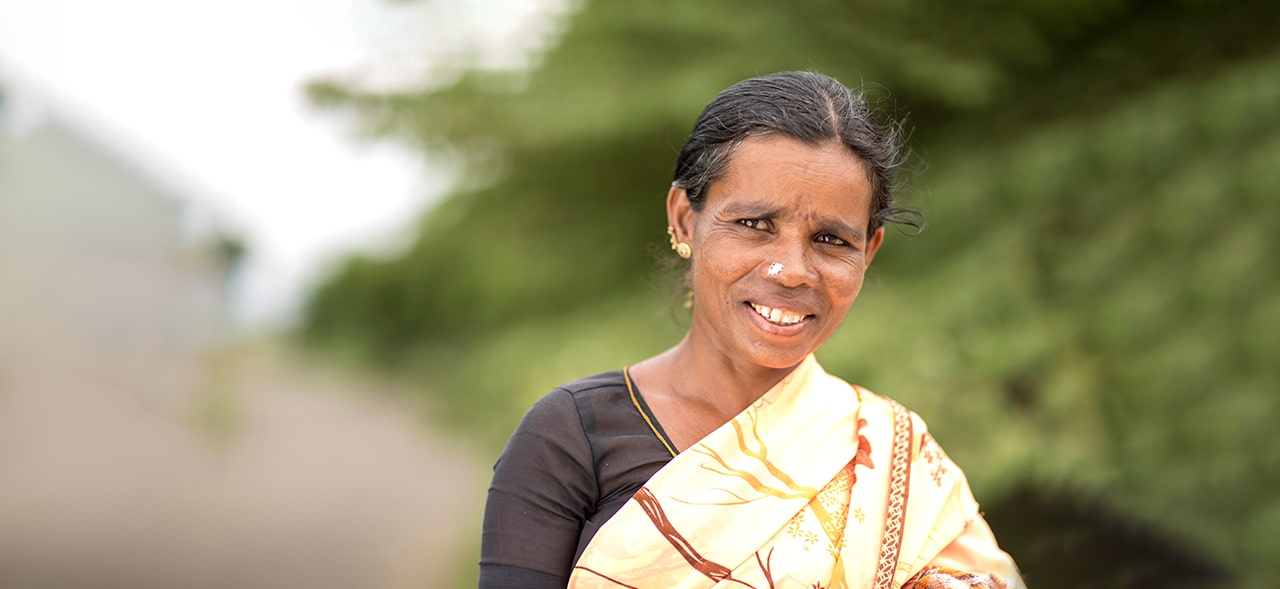
Can G2P unlock women’s economic empowerment? Evidence from Asia and...
The presentation presents evidence from Asia and Africa on the role of G2P in enhancing...
Nov 11, 2022
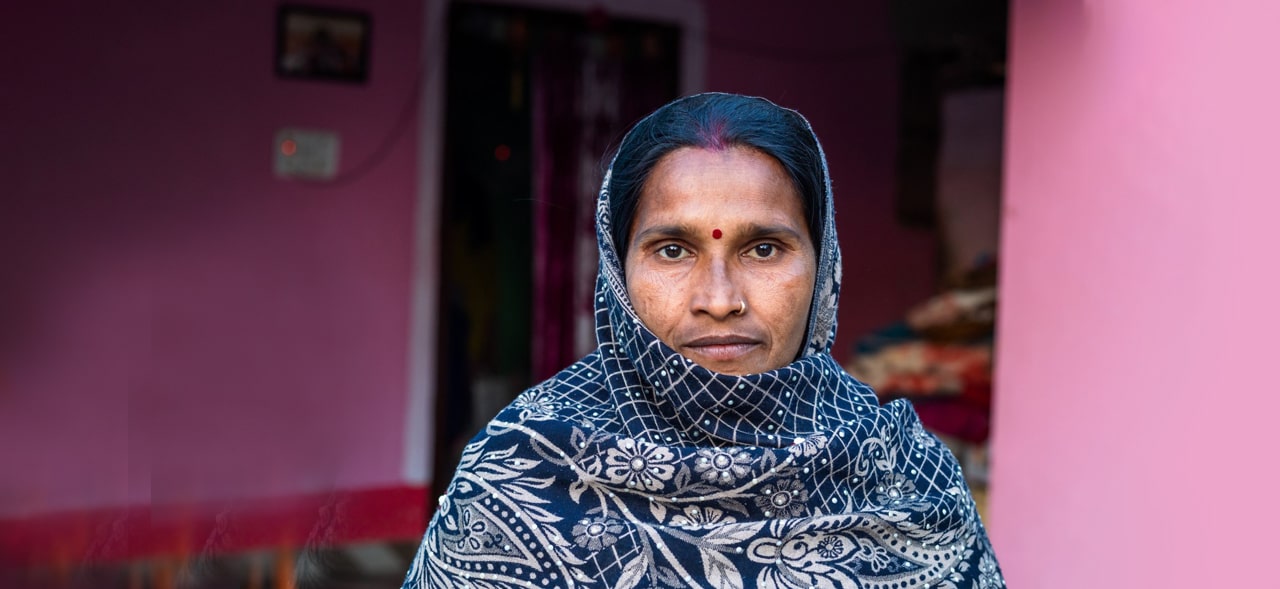
DBT diagnostic study: Female beneficiaries’ experience of receiving DBT
The presentation reveals evidence from India on female beneficiaries’ experience of receiving G2P (DBT) in...
Nov 11, 2022
- 1
- 2
